Scroll Down
Scroll Down
Scroll Down
This Regulation aims to ensure the smooth functioning of the internal market as regards medical devices, taking as a base a high level of protection of health for patients and users, and taking into account the small- and medium-sized enterprises that are active in this sector. At the same time, this Regulation sets high standards of quality and safety for medical devices in order to meet common safety concerns as regards such products.
TECHNICAL DOCUMENTATION
Technical Documentation means documents that shows how each medical device was developed, designed and manufactured. Every medical device manufacturer should prepare the technical documentation of the products it produces, keep it up-to-date and integrate with the existing quality management system.
Technical Documentation demonstrates that the medical device to which it applies conforms to the General Safety and Performance Requirements of 2017/745 MDR.
Guiding information on what the technical documentation should contain is given in Annex II of the regulation 2017/745 MDR.
-
Device description and specification, including variants and accessories (Regulation (EU) 2017/745 (MDR), Annex II Section 1)
-
Information supplied by the manufacturer (Regulation (EU) 2017/745 (MDR), Annex II Section 2)
-
Design and manufacturing information (Regulation (EU) 2017/745 (MDR), Annex II Section 3)
-
General Safety and Performance Requirements (Regulation (EU) 2017/745 (MDR), Annex II Section 4)
-
Benefit-Risk Analysis and Risk Management (Regulation (EU) 2017/745 (MDR), Annex II Section 5 & 6)
-
Summary of safety and performance (Regulation (EU) 2017/745 (MDR), Article 29)
IDENTIFICATION AND TRACEABILITY
The MDR mandates the use of unique device identification (UDI) mechanisms. This requirement is expected to increase the ability of manufacturers and authorities to trace specific devices through the supply chain, and to facilitate the prompt and efficient recall of in vitro diagnostic medical devices that have been found to present a safety risk. The UDI and access to associated information on approved devices will be stored in the European Databank on Medical Devices (EUDAMED).
EUDAMED
The creation of a European database on medical devices (EUDAMED) is one of the key aspects of the new rules on medical devices (Regulation (EU) 2017/745).
EUDAMED will provide a living picture of the lifecycle of medical devices that are made available in the European Union (EU). EUDAMED aims to enhance overall transparency, including through better access to information for the public and healthcare professionals, and to enhance coordination between the different Member States in the EU.
EUDAMED will be composed of six modules related to:
-
Actor and User Registration and Management
-
UDI Database and Registration of Devices
-
Certificates and Notified Bodies
-
Clinical Investigation and Performance Studies
-
Vigilance and Post-market Surveillance
-
Market Surveillance
UDI
Unique code allows to improve devices traceability and to make faster and more efficient a possible recall on products for which safety risks have been identified.
In accordance with the new rules, any manufacturer shall assign to the device and to all higher levels of packaging a UDI before placing a device on the market. The UDI carrier shall be placed on the label of the device and on all higher levels of packaging.
Following a call for application launched at the end of 2018 and the Commission Implementing Decision (EU) 2019/939 of 6 June 2019, 4 issuing entities were designated to provide manufacturers with a list of UDIs to assign on medical devices.
-
GSI ( https://health.ec.europa.eu/system/files/2021-01/application_gs1_en_0.pdf )
-
HIBCC ( https://health.ec.europa.eu/system/files/2021-01/application_hibcc_en_0.pdf )
-
ICCBBA ( https://health.ec.europa.eu/system/files/2021-01/application_iccbba_en_0.pdf )
-
IFA ( https://health.ec.europa.eu/system/files/2021-01/application_ifa_en_0.pdf )
